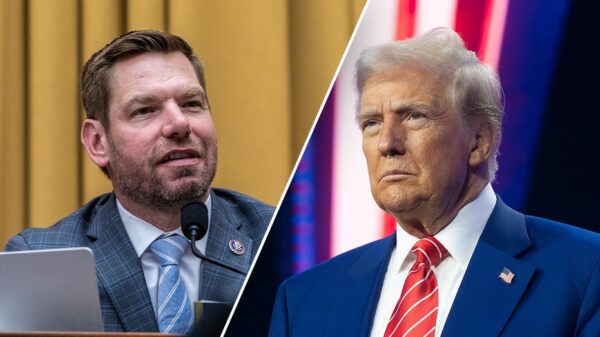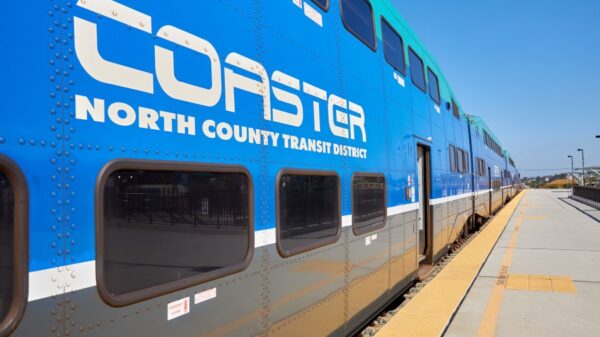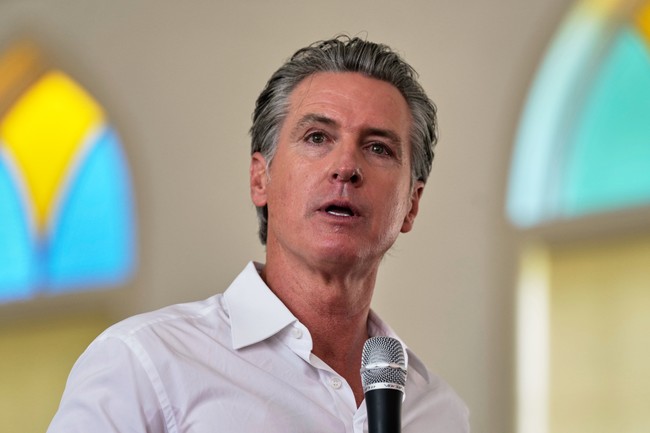California Governor Gavin Newsom has announced an ambitious plan to redraw the state’s congressional districts, claiming it could “end the Trump presidency.” This initiative, aimed at consolidating Democratic power in the U.S. House of Representatives, has sparked significant controversy and voter resistance.
In a series of social media posts, Newsom emphasized his determination to alter the congressional boundaries in California, stating that this move would help counter a proposed gerrymander by Texas Republicans. According to Newsom, the newly drawn maps will be unveiled by the end of March 2024 and could potentially secure an additional five congressional seats for Democrats.
Despite Newsom’s assertive stance, a recent POLITICO poll reveals that California voters overwhelmingly oppose his plan. The survey indicates that approximately 64% of respondents prefer maintaining the state’s independent redistricting commission, which was established to ensure fair representation. In contrast, only 36% support returning redistricting authority to state lawmakers. This sentiment reflects a broader mistrust of political figures, as noted by Jack Citrin, a political science professor at UC Berkeley, who commented on the voters’ skepticism towards politicians and legislative processes.
Voter Sentiment and Political Landscape
The poll results highlight a significant challenge for Newsom. His strategy to redraw district lines appears to be largely unpopular, even among Democratic voters. This situation complicates his efforts, as many Californians express a desire to uphold the independent commission that has governed redistricting in the state.
Newsom’s proposal comes in response to a perceived threat from Republican-led redistricting efforts in Texas, which some argue are influenced by former President Donald Trump. California officials are now in a race against time to finalize their plans ahead of the upcoming election cycle, but the logistics of dissolving the independent commission and implementing new maps are fraught with obstacles.
In light of the backlash, former California Governor Arnold Schwarzenegger has publicly vowed to contest Newsom’s efforts, indicating that he may seek legal avenues to challenge any changes to the current redistricting process. Schwarzenegger’s involvement underscores the contentious political climate surrounding this issue, as both parties grapple for control in the lead-up to the elections.
Implications for Future Elections
As Newsom pushes forward with his redistricting agenda, the potential for political fallout remains high. The strong opposition from voters could hinder Democratic chances in future elections, especially if Newsom’s actions are perceived as disregarding public opinion.
While the upcoming maps are expected to favor Democrats, the political ramifications of Newsom’s approach could be detrimental. Voter sentiment indicates a clear preference for established processes, and any perceived overreach could alienate constituents.
In summary, Governor Gavin Newsom’s ambitious plan to redraw California’s congressional districts faces significant resistance from voters who value the current independent commission. As the political landscape continues to evolve, the outcome of this initiative will likely have lasting effects on California’s representation and the broader political climate in the United States.





































































